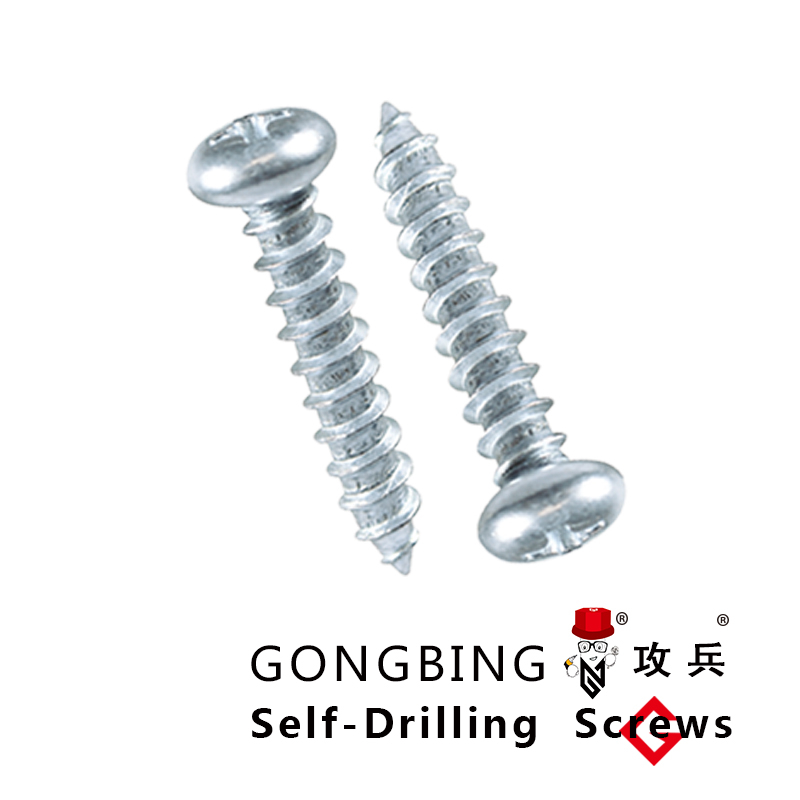hex head metric bolts
Understanding Hex Head Metric Bolts A Comprehensive Guide
Hex head metric bolts are essential fasteners widely used in various applications, from automotive engineering to construction. Their hexagonal head allows for easy tightening and loosening using standard tools, making them a popular choice among engineers and DIY enthusiasts alike. Understanding their characteristics, specifications, and applications is vital for anyone involved in engineering or construction projects.
The term metric refers to the measurement system used to define these bolts. Unlike imperial measurements, metric bolts are specified in millimeters, which enhances precision and compatibility in international projects. A typical hex head metric bolt consists of three main parts the head, the shank (or body), and the threaded portion. The head’s hexagonal shape provides six surfaces for a wrench, enabling effective torque application.
One of the critical aspects of hex head metric bolts is their grading system, which indicates the material’s strength and durability. Common grades include 8.8, 10.9, and 12.9, with higher numbers representing higher tensile strength. For instance, an 8.8 bolt is made from medium carbon steel and heat-treated, providing a minimum tensile strength of 800 MPa and a yield strength of 640 MPa. Conversely, a grade 12.9 bolt boasts significantly higher strength ratings, making it ideal for high-stress applications.
hex head metric bolts

In addition to strength, the diameter and length of the bolt are crucial for ensuring proper fit and function. Metric bolts are measured in millimeters, with diameters typically ranging from M3 to M30 or larger, depending on the application. The length is measured from the bottom of the head to the end of the bolt, and it is essential to select the appropriate length to ensure adequate engagement with the nut or threaded hole.
Application-wise, hex head metric bolts are used in a multitude of industries, including automotive, aerospace, and manufacturing
. For instance, in automotive assemblies, these bolts secure critical components such as engines and transmissions, where high strength and reliability are paramount. In construction, they are pivotal in joining structural elements, providing stability and integrity to various structures.When using hex head metric bolts, proper installation practices are crucial. This includes using the correct tools to avoid stripping the head and ensuring that the bolt is tightened to the specified torque to prevent loosening over time. Additionally, considerations like environmental factors (e.g., corrosion resistance) and the choice of nut or washer can impact the overall performance of the bolted joint.
In summary, hex head metric bolts are indispensable fasteners that play a crucial role in various sectors. Understanding their specifications, grades, and applications can significantly impact the success of projects, ensuring safety, durability, and efficiency. Whether you are a professional engineer or a hobbyist, knowledge of these essential fasteners will enhance your ability to select the right tool for any task.
-
Weatherproof Plastic Expansion Anchors for OutdoorNewsJun.06,2025
-
Sustainability in the Supply Chain: Eco-Friendly TEK Screws ProductionNewsJun.06,2025
-
Load-Bearing Capacity of External Insulation FixingsNewsJun.06,2025
-
Double Head Bolts: Enhancing Efficiency in Industrial MachineryNewsJun.06,2025
-
Corrosion Resistance in Chipboard Screws: Coatings for Wholesale DurabilityNewsJun.06,2025
-
Butterfly Toggle Bolts : Enhancing Structural ResilienceNewsJun.06,2025
